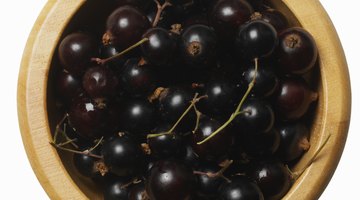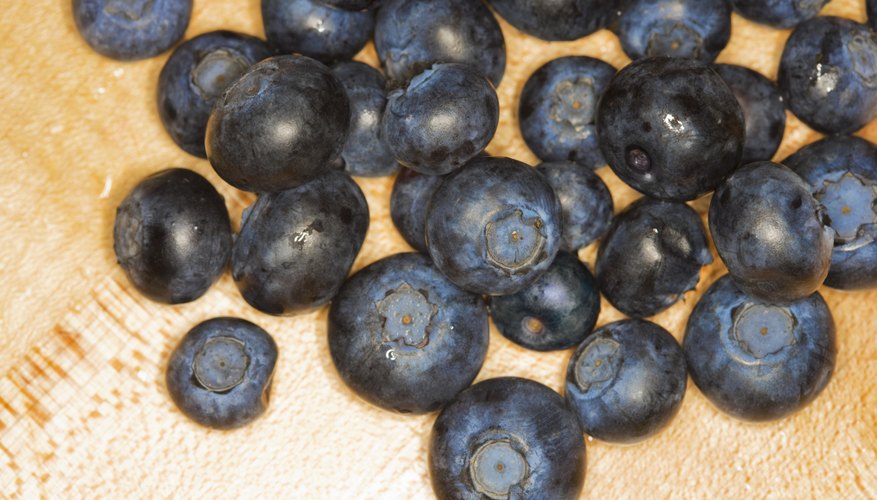We have always known of the benefits of fresh fruit and vegetables, but since the “five-a-day” campaign many of us have become religious about getting our quota. Some fruits and vegetables are labelled “super-foods” because of their high nutrient and health-giving properties. Berries often come with this tag, and we are encouraged to eat regular portions of them. There are many to choose from and blueberries and blackberries are just two. If you want to know more about the differences between them, keep reading.
Berries

Blackcurrants are a dark purple colour and have a shiny skin. Blueberries on the other hand have a duller, more dusty skin and are lighter and bluer. Blueberries are also generally larger than their blackcurrant relatives. Both grow in clusters on broad bushes that are usually no higher than head height.
- Blackcurrants are a dark purple colour and have a shiny skin.
Leaves
Blackcurrants have a five-pointed leaf that resembles a maple leaf. The biggest point is at the top in the middle and two further points on each side get smaller until you reach the stem. Blueberry leaves are oval with a single point at the end opposite the stem.
Nutrients
Blackcurrants have much higher levels of vitamin C than blueberries. They also have higher levels of vitamin A, niacin, potassium, calcium, iron, zinc and protein. Blueberries are higher in vitamin B12, vitamin K and vitamin E. Both have high levels of antioxidants as is common in darker, purple or blue fruits.
Production
The US produces around 60 per cent of the world’s blueberries and Canada produces around 25 per cent. Production grew from 240,000 metric tonnes in 2000 to 310,000 metric tonnes in 2010. Poland produced more blackcurrants than any other country in 2012, and Europe produces nearly 90 per cent of the global total.
